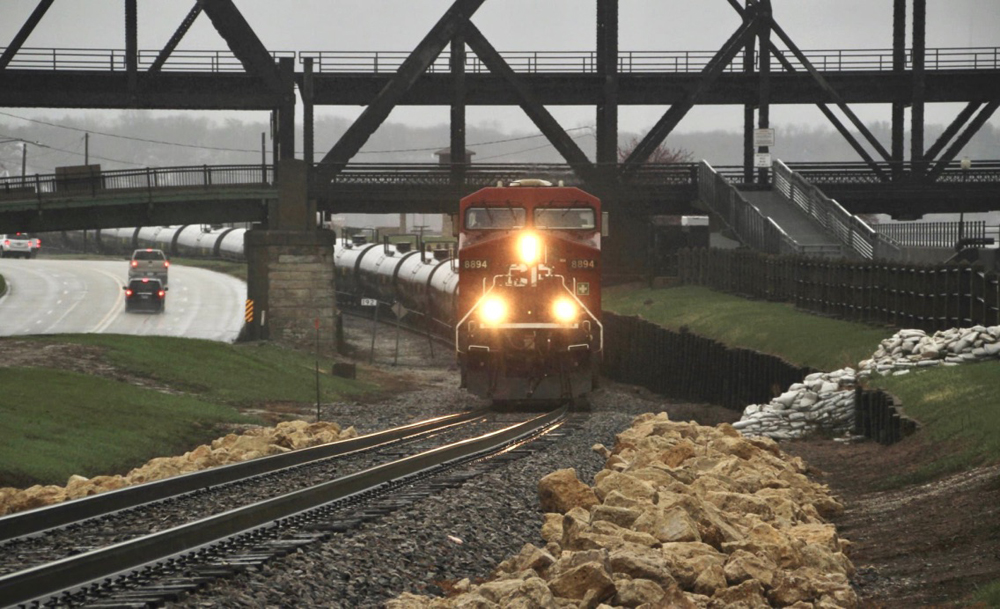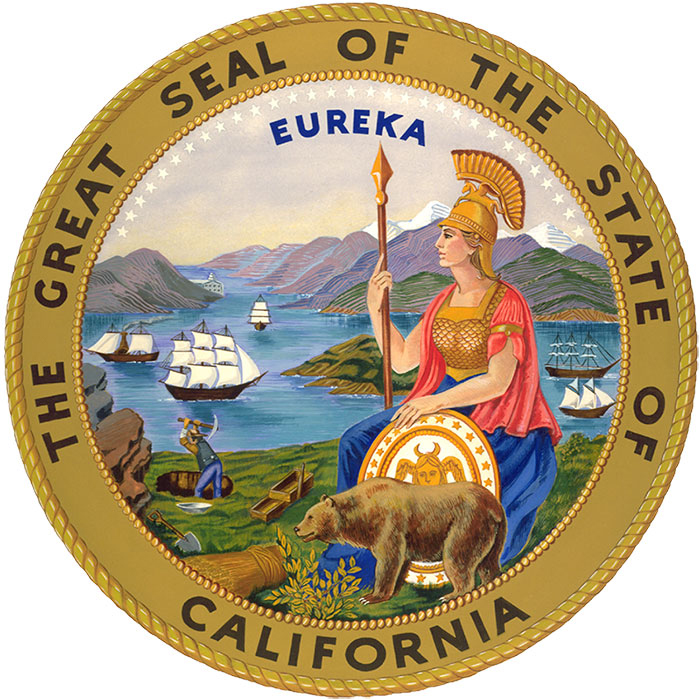
WASHINGTON — With Norfolk Southern’s toxic train derailment in East Palestine, Ohio, heightening public concern about rail safety, federal regulators went out of their way on Wednesday to explain that their approval of the Canadian Pacific-Kansas City Southern merger would help keep trackside communities safe.
“We are well aware of the very real and legitimate public concern over rail safety that’s always been there but certainly has come to the fore as a result of the derailment in East Palestine,” Surface Transportation Board Chairman Martin J. Oberman said during a news conference yesterday.
The board heard from members of Congress, communities, and citizens who were concerned about the safety of moving hazardous materials by rail.
As part of its regulatory review, the STB must consider the safety aspects of a merger. “We were already well under way in reviewing, documenting, measuring the safety aspects of this transaction,” Oberman said.
Railroads are the safest way to move hazardous materials, Oberman noted. He cited Bureau of Transportation Statistics that showed that last year 94% of all transportation-related hazardous materials incidents occurred on trucks versus just 1% on railroads.
“If you’re trying to make sure communities all over the country were safer, you would want – as we do – to move more of this material by train rather than by truck,” Oberman said.
CP has the industry’s best train accident ratio, Oberman noted, and KCS is the second best. “If this merger results in the diversion not only of trucks but traffic from other railroads to CP, ultimately the country will benefit because the materials will be moving on a safer railroad,” Oberman said.
CP, he noted, safely moved 60 million car miles of hazardous materials through Chicago between 2015 and 2019. There was not a single hazmat spill aside from a leak of 10 gallons of diesel fuel from a locomotive in a yard. “So rail is and can be extraordinarily safe,” he said.
Chemicals are a necessary part of the economy and are used in plastics that are found everywhere, so it would be impractical to stop moving them around the country by rail, Oberman said.
“Nothing is without risk,” Oberman said. “When we walk out the door every morning and cross the street, there’s some risk. But we don’t stop walking across the street.”
It’s up to railroad safety officials to continually improve, with a goal of zero accidents and injuries, Oberman says.
Railroads are sharing safety tech, best practices
CP CEO Keith Creel, speaking to an investor conference on Thursday, said the industry is working closer than ever to improve safety in the wake of the Feb. 3 East Palestine accident, which was caused by a wheel bearing failure that occurred moments after a hotbox alarm was triggered.
“We can do better. The technology is there. Different railroads apply it in different ways. There is a best practice to be learned. And that is the approach we’ve taken,” Creel says. “We’ve brought our safety teams together, the operating chiefs together, with a mandate from the CEOs: Share all the technology, share all the knowledge, and let’s come up with an industry best practice when it comes to how we deploy hotbox detectors, the algorithms that we use, the acoustic wheel detectors.”
CP has pioneered cold wheel detection technology, Creel noted. The system can indicate if a car’s brakes are not applying properly when going downgrade. The railway’s wayside detectors measure wheel and bearing temperatures as well as dragging equipment.
Canadian Pacific Kansas City will improve rail safety in Canada, the U.S., and Mexico, Creel says. “When you put these two railroads together, again applying the investment in people, process, and technology, you’re going to have a better, safer outcome not just for the United States of America, but all of North America.”
Safety starts with the right culture, Creel says.
“We have what’s called a culture of accountability,” Creel says. “Some in the past have called it fear and intimidation. It’s not fear and intimidation. This is a very unforgiving industry.”
A matter of a few inches can determine life or death when crews are switching cars in a yard, Creel noted.
“To get it right, people have to understand operating rules are there to protect them, our assets, and the communities where we operate,” Creel says.














and now the CP customer service will become even worse than it already is if thats even possible.